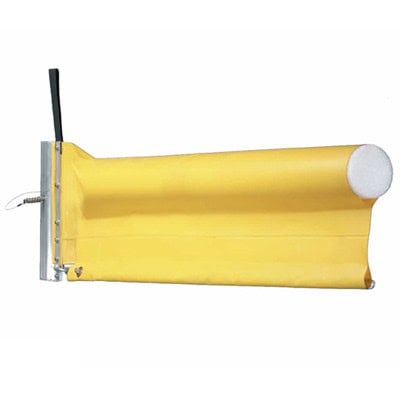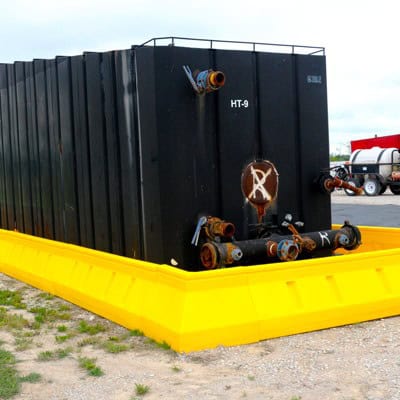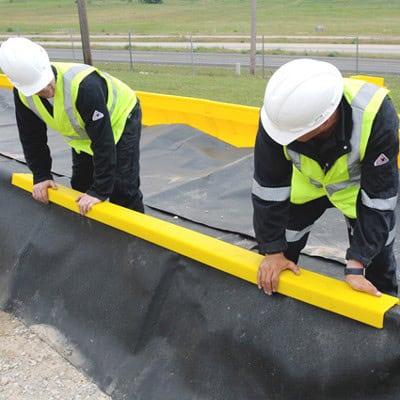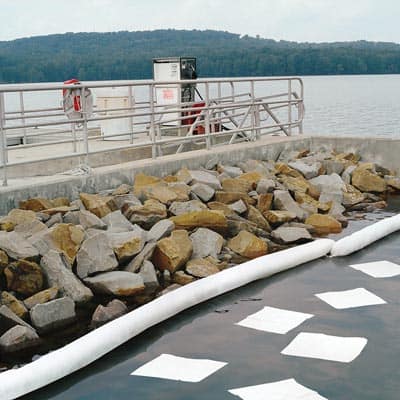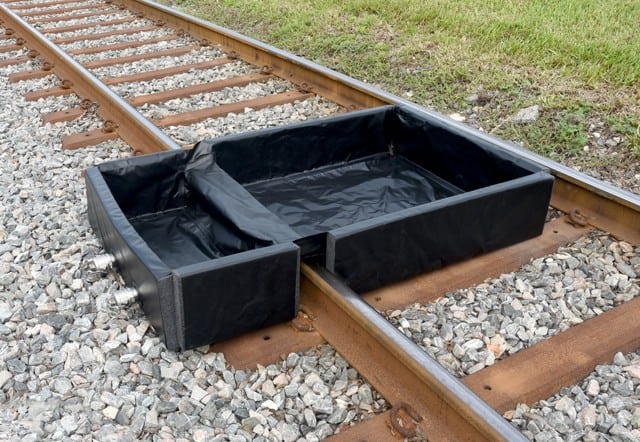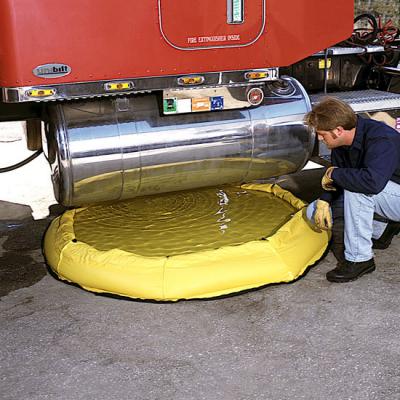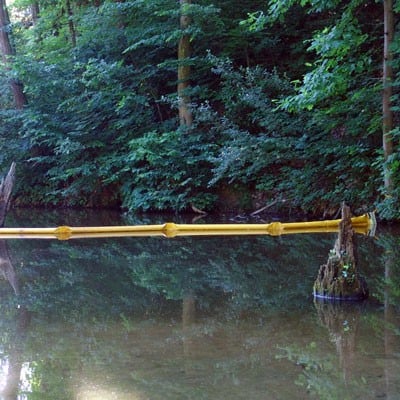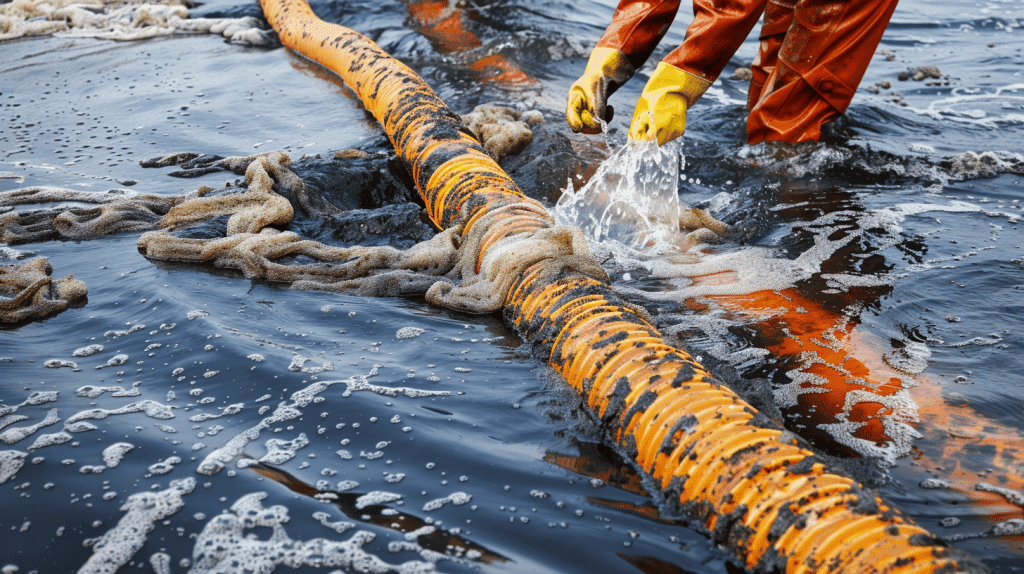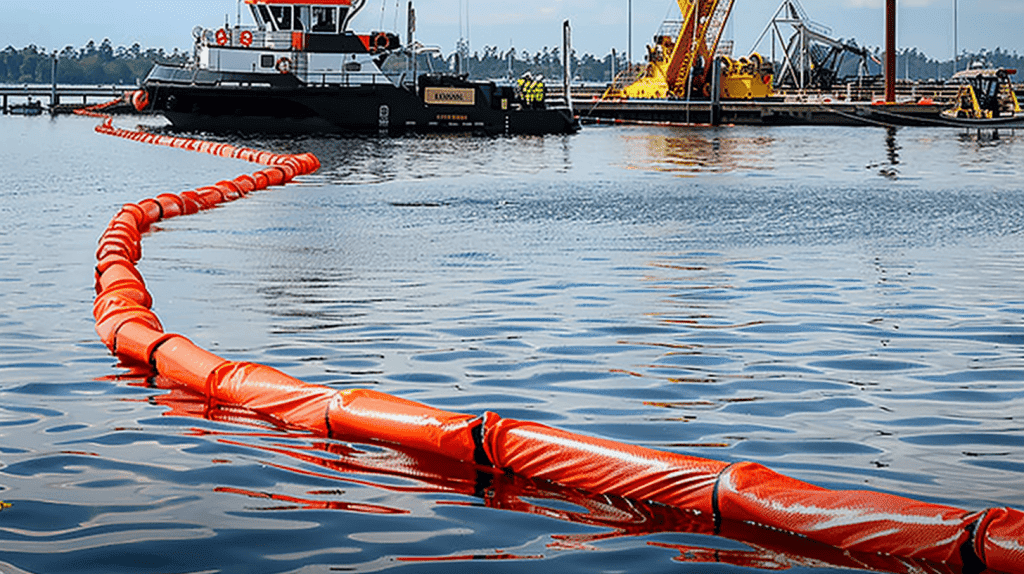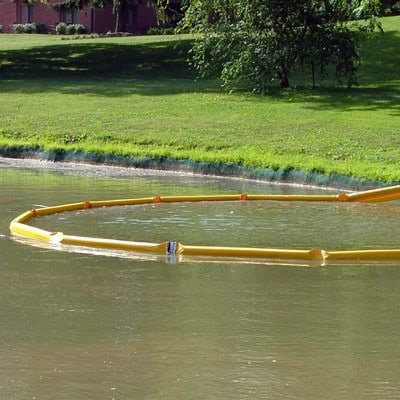The world of railroads is vast and complex, filled with intricate systems designed to keep everything running smoothly. One crucial component that often flies under the radar is the railroad track pan. These essential tools play a significant role in protecting our environment, particularly groundwater, from potential contamination. But what are track pans, and how do they function in railroad track maintenance?
Understanding Track Pans
Railroad track pans are specialized containment systems placed between or alongside railroad tracks. Their primary purpose is to catch and contain hazardous materials that might leak from trains. These materials can include fuel, oil, or any other liquid substances transported by rail that pose a risk of environmental contamination if spilled.
The Design of Track Pans
Track pans are typically made from durable materials such as polyethylene or steel. This construction ensures they can withstand harsh weather conditions and the weight of passing trains. The pans are strategically positioned to cover the area where leaks are most likely to occur, ensuring maximum containment efficiency.
Installation and Maintenance
Installing track pans is a straightforward process, but it requires precision to ensure they function correctly. Maintenance is also crucial as it involves regular inspections and cleaning to prevent overflow and ensure that the pans are in optimal condition to handle any potential leaks.
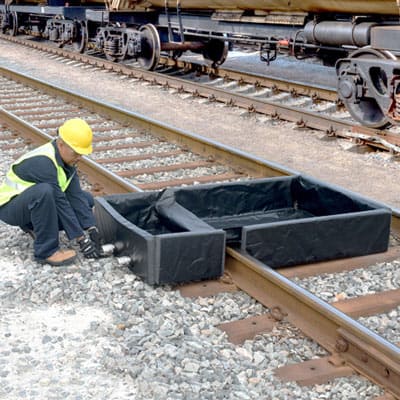
The Role of Track Pans in Protecting Groundwater
Groundwater is a vital resource for drinking water, agriculture, and many industries. Contamination of groundwater can have severe environmental and health consequences. Track pans serve as a frontline defense in preventing such contamination from occurring.
Preventing Pollution
When a train passes over a track pan, any leaking liquid is immediately captured by the pan. This prevents the liquid from seeping into the ground and potentially reaching groundwater sources. By capturing spills at the source, track pans effectively prevent pollution and protect the environment.
Complying with Environmental Regulations
Railroad companies are subject to strict environmental regulations designed to protect natural resources. Implementing track pans is one way these companies can demonstrate compliance with these regulations. By preventing contamination, companies avoid legal penalties and contribute positively to environmental conservation efforts.
Benefits of Using Track Pans
The use of track pans offers several benefits beyond just environmental protection. Let’s explore some of these advantages.
Cost-Effective Solution
While there is an initial investment required to install track pans, they can save companies money in the long run. Preventing spills means fewer clean-up costs and a lower risk of environmental fines. Additionally, maintaining a clean and safe operation can enhance a company’s reputation.
Increased Safety
Railroad track pans also contribute to increased safety for both workers and the surrounding community. By containing hazardous materials, they reduce the risk of exposure to dangerous substances. This protection is crucial for the health and safety of workers who maintain the tracks and the communities living near railroads.
Improved Efficiency
With track pans in place, railroad maintenance becomes more efficient. Workers can quickly identify areas where spills have occurred and address them promptly. This efficiency ensures minimal disruption to railroad operations and reduces downtime.
Challenges in Implementing Track Pans
Despite their benefits, there are challenges associated with the implementation and maintenance of track pans. Understanding these challenges can help in overcoming them effectively.
Installation Costs
The cost of installing track pans can be a barrier for some railroad companies, especially smaller ones. However, the long-term savings and benefits often outweigh the initial expense.
Regular Maintenance
Track pans require regular maintenance to function properly. This maintenance includes cleaning, inspecting for damage, and ensuring they are correctly positioned. Neglecting maintenance can lead to malfunctioning pans and increased risk of contamination.
Weather Conditions
Extreme weather conditions can impact the effectiveness of track pans. For instance, heavy rain can cause pans to overflow, while freezing temperatures can lead to cracks in the material. Companies must consider these factors when choosing materials and designing their track pan systems.
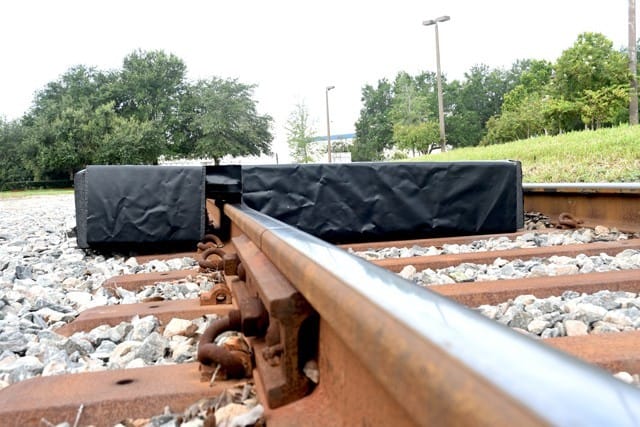
Future of Track Pans in Railroad Maintenance
As technology advances, the design and functionality of track pans are also evolving. Innovations in materials and monitoring systems are enhancing their effectiveness in protecting the environment.
Technological Advancements
New materials are being developed that offer greater durability and resistance to weather conditions. Additionally, some companies are integrating sensors into track pans to monitor for leaks in real-time. This technology allows for immediate response to spills, further minimizing environmental impact.
Growing Environmental Awareness
As awareness of environmental issues grows, so does the emphasis on sustainable practices within the railroad industry. Track pans are an integral part of this movement, showcasing the industry’s commitment to reducing its environmental footprint.
Conclusion
Railroad track pans are an essential component in the quest to protect groundwater from contamination. By effectively capturing and containing hazardous materials, they prevent pollution and ensure compliance with environmental regulations. While there are challenges to their implementation, the benefits they provide make them a worthwhile investment for any railroad operation. As technology continues to evolve, track pans will undoubtedly play an even more significant role in maintaining the safety and sustainability of our railroads.
Understanding the importance of track pans is crucial for anyone involved in railroad operations or environmental protection. By prioritizing the implementation and maintenance of these systems, we can work towards a cleaner, safer future for our planet.
Shop at Absorbents Online for Spill Containment Solutions
Protecting our environment starts with the right tools. At Absorbents Online, you can find a wide range of spill containment solutions, including high-quality track pans designed to safeguard groundwater from contamination. Don’t wait for a spill to happen—take proactive steps to ensure safety and compliance. Visit Absorbents Online today and equip your railroad operations with the best in spill containment technology!

